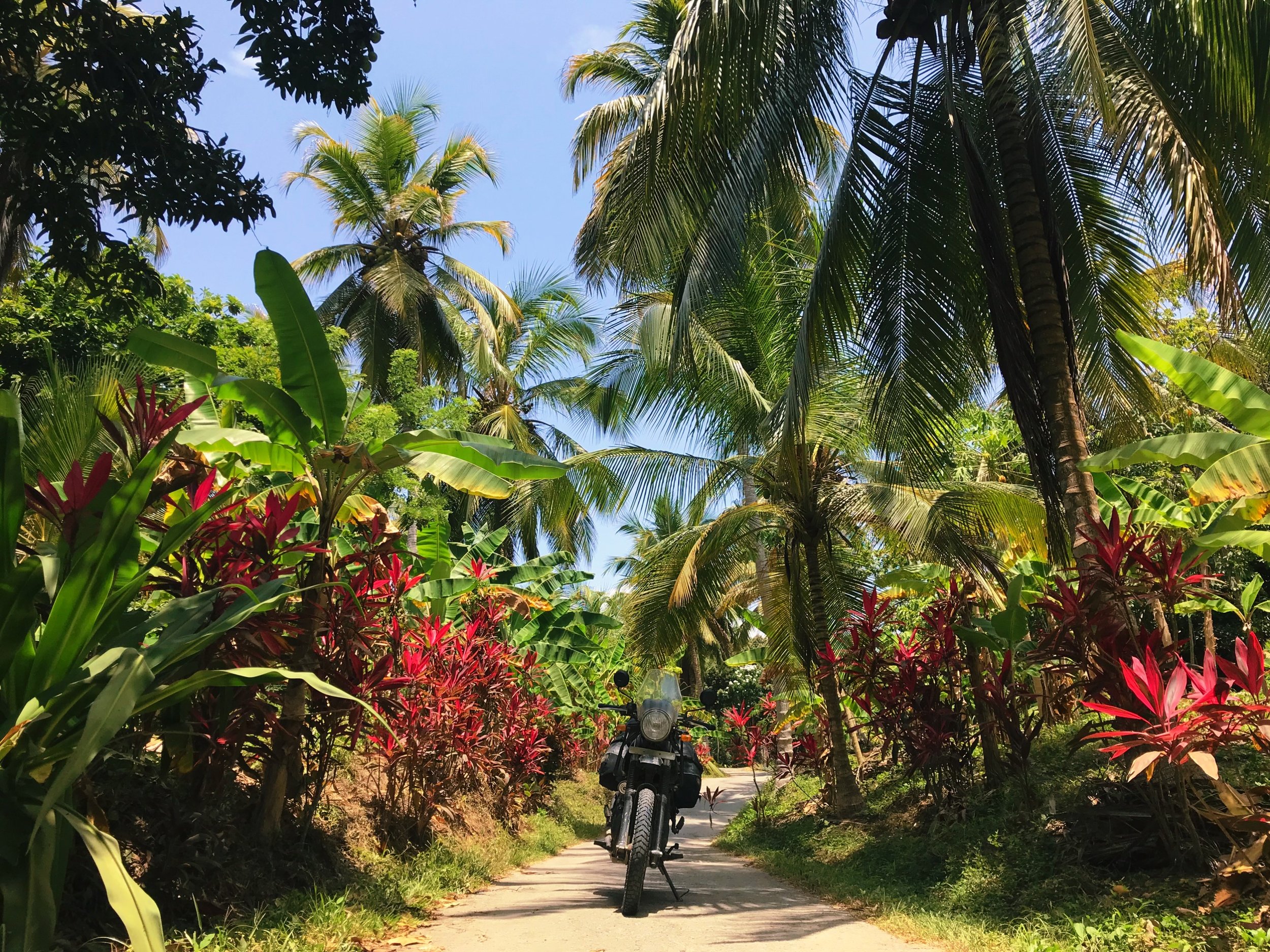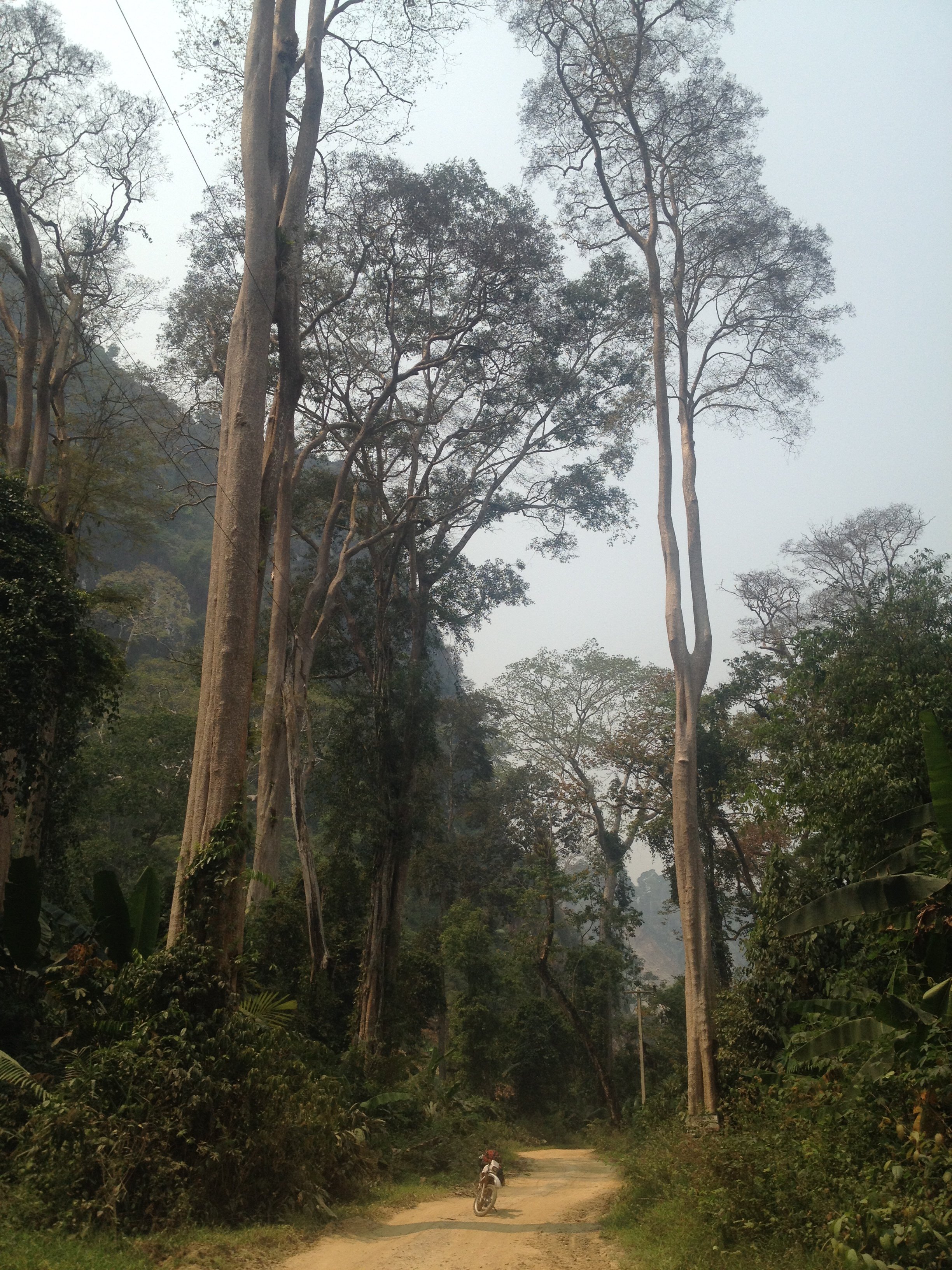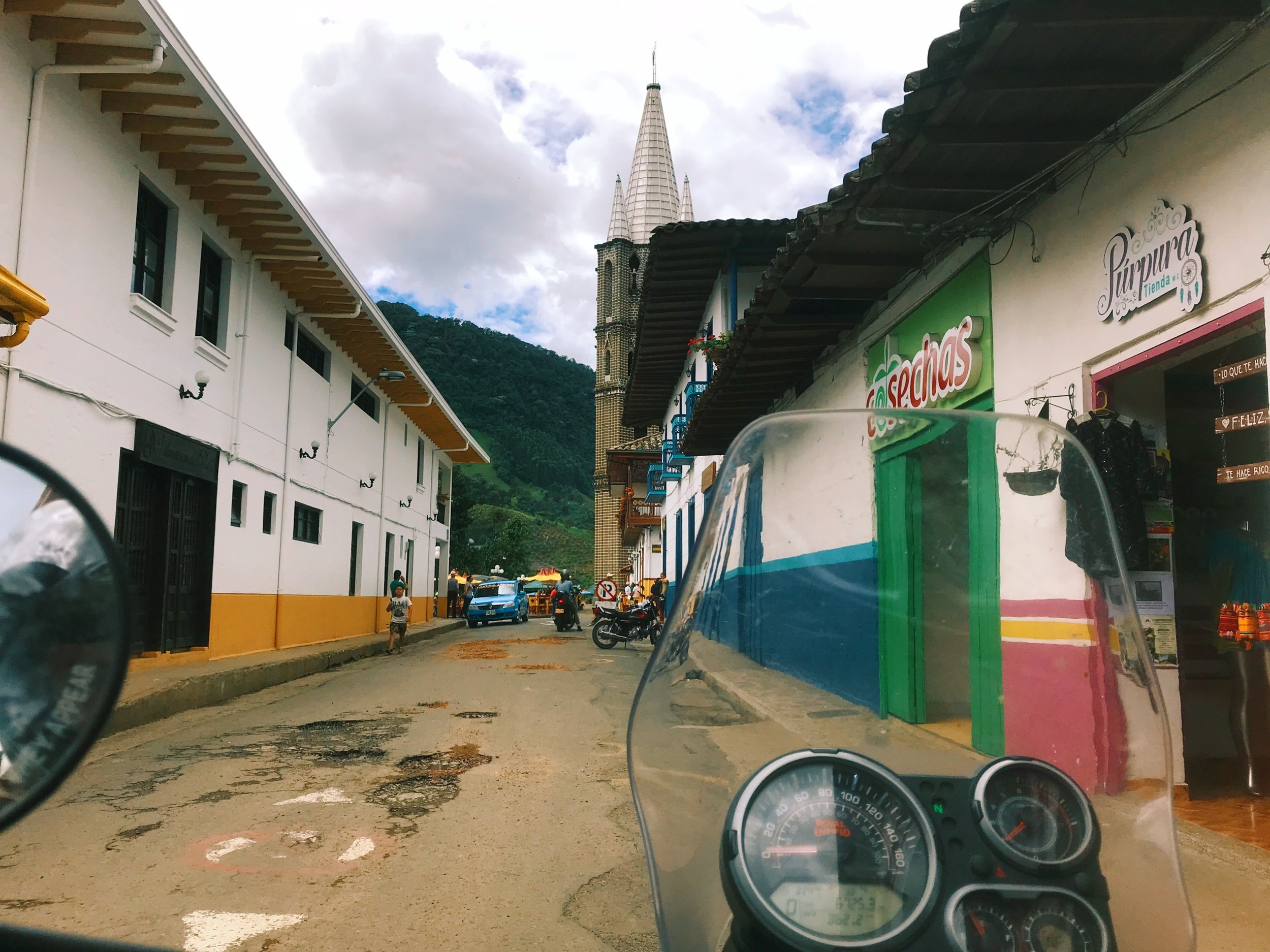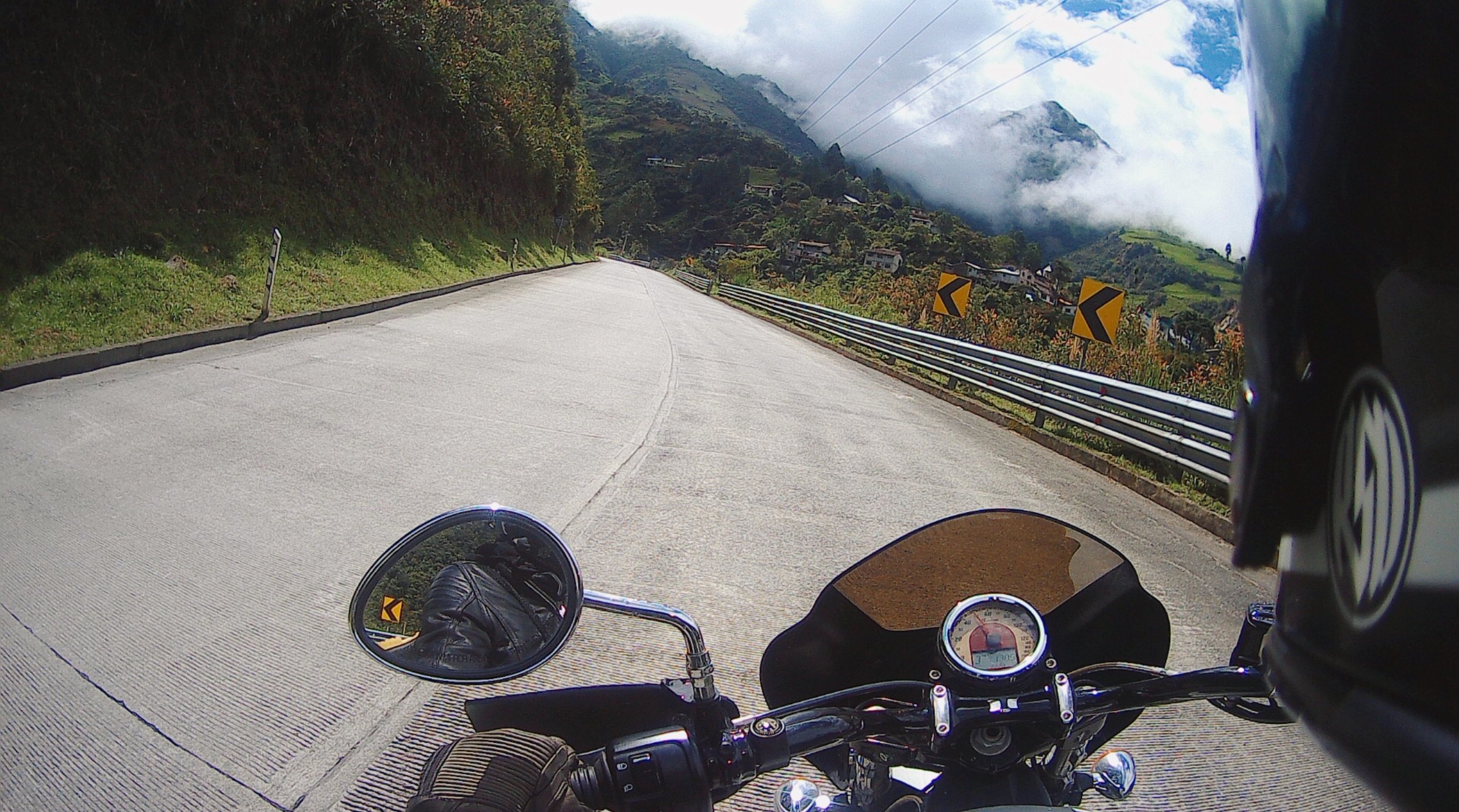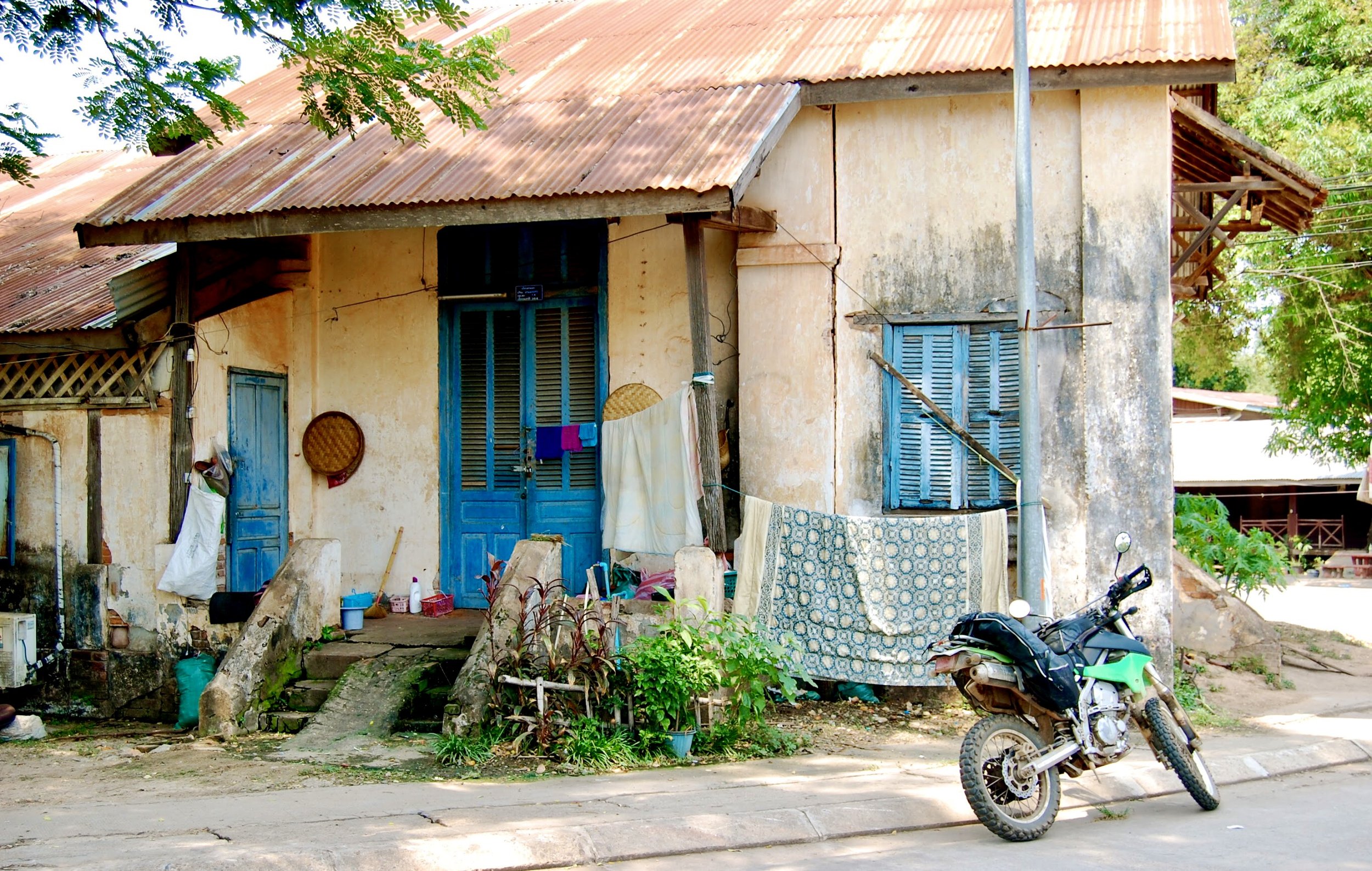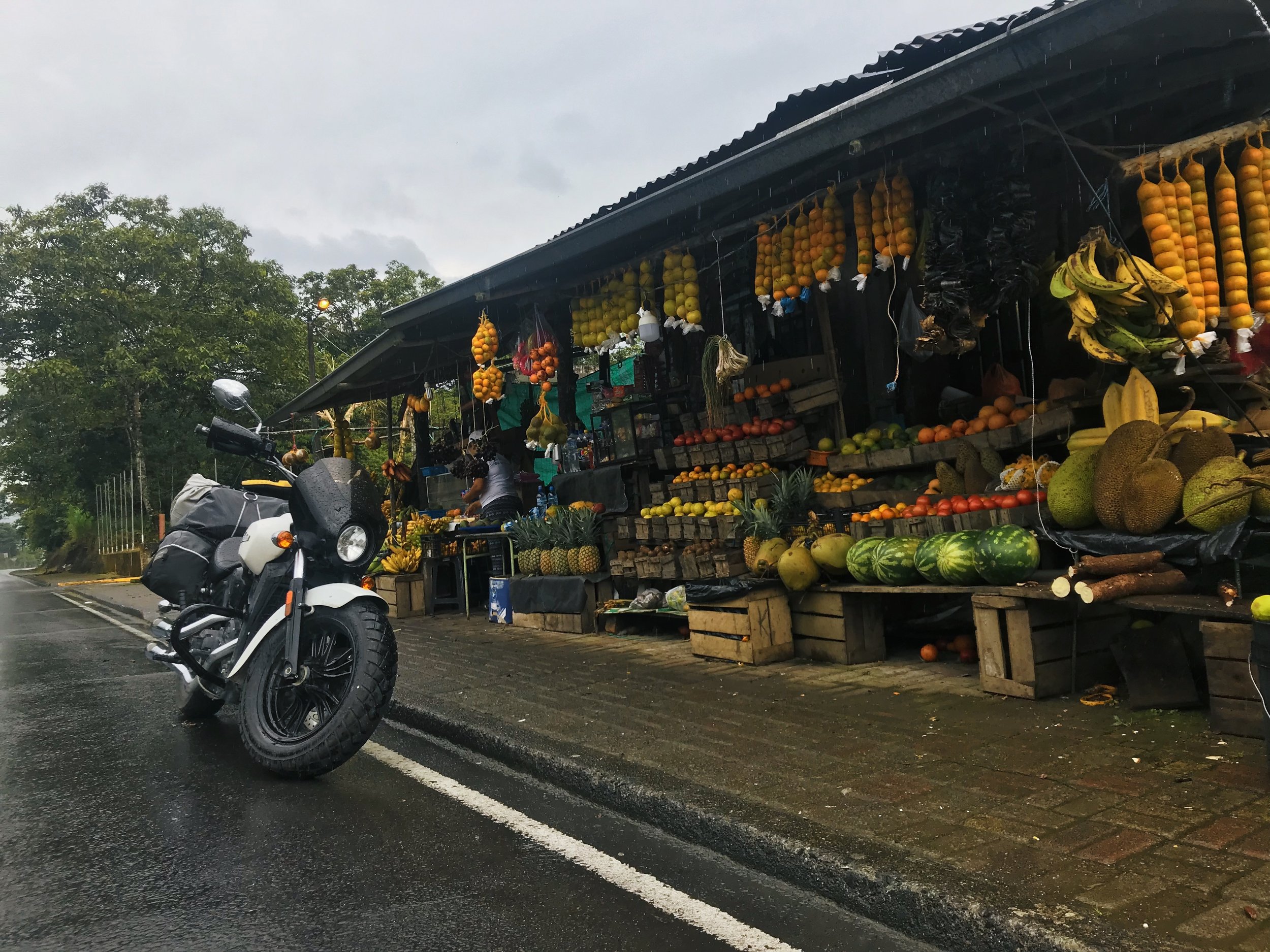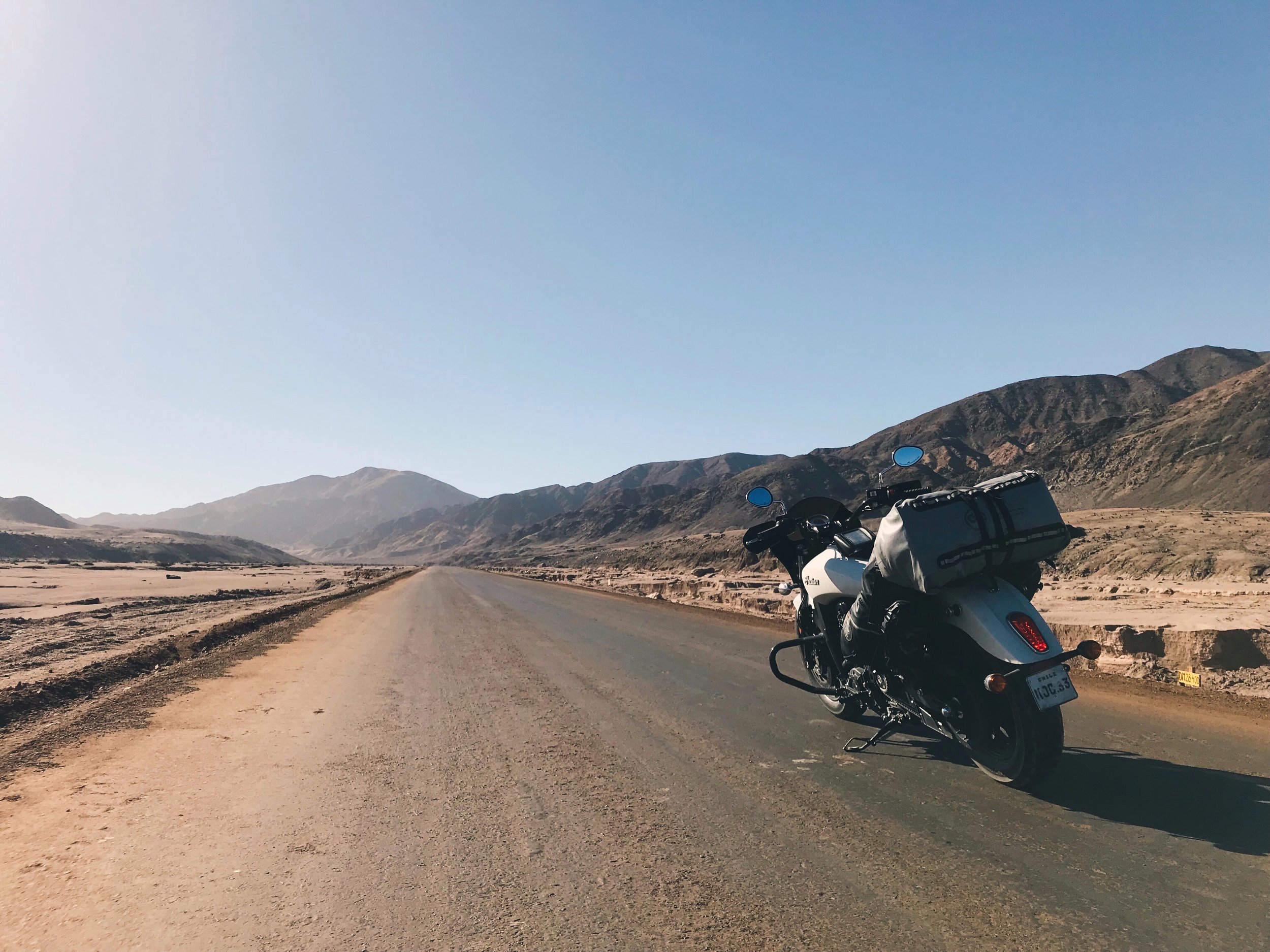Popular Science
How To Travel Solo, According to an Adventurous Biker
Lessons from a female rider who's covered 135,000 kilometers over three continents.
https://www.popsci.com/story/diy/motorcycle-solo-travel-tips/
There’s a lot of trepidation before setting out for the open road, leaving behind comfort and the known. This uncertainty can come from heading to a place you’ve never been before, perhaps away from civilization, out of cell service range, or from embarking on a solo journey—especially if you’re a woman.
I should know, I’ve ridden nearly 135,000 kilometers solo in the past five years on three continents. People constantly ask me if I’m afraid, regardless of where I am or how safe the area is perceived to be. While riding in Laos, an extremely peaceful country, an old grandma told me that men might come to slit my throat and steal my motorcycle. Likewise, I’ve had people in the US say something similar, though slightly less graphic. The general consensus is that I shouldn’t be riding alone. Well, to hell with that, I say.
I love riding solo. I adore being able to do whatever I want when I want. I enjoy not having to check in with someone to see if they also want to take this alluring detour or stop here or there to take photos, and I also value meeting myself during the hardest challenges.
I’ve also found that you’re more likely to meet interesting people and find yourself in incredible situations that wouldn’t have happened if you were in your secluded pair or group bubble.
I guess this all started when I planned my first trip abroad. My friends who I had made the travel plans with completely bailed. I was determined (one might say “stubborn”) and went anyway. I haven’t stopped traveling solo since. In fact, I’ve never really traveled with other people for much time, only taking day trips by motorcycle together, never touring. I’m curious what that would even be like.
Curiosity aside, perhaps some of you will benefit from my solo riding safety tips that I’ve gained over the years (and miles), so here they are:
Book ahead
Reserve your accommodations before you arrive. That way you have an address to navigate to so that you don’t have those moments of drawing attention to yourself (or your motorcycle) while looking for a hotel either on foot or riding around. Anytime you can omit looking like a lost, vulnerable tourist is a good thing. That being said, confirm the address before you set out as sometimes they are off (I have some stories to elucidate this but I’ll spare you for now).
Booking ahead isn’t always possible, such as in the remote mountains of Peru where you have no idea how long it will take you to get from point A to point B. I actually found prebooking to be a source of added stress in these situations, because I felt I had to make it there since I already paid for my hotel, when really, it would have been better to take my time and not rush. Therefore, I stopped trying to prebook once I realized I wasn’t sure how far I could make it each day. You can still write down the name and address of your top choice of places to stay so that you have an idea of where you’re headed if you do make it there, and consider looking for a place in a nearer town as well.
Fake it
Carry a fake wallet. Fill it with junk papers, business cards, some coins—make it look and feel legit. Keep it somewhere that is easy to hand over if someone ever tried to jump you. Also carry backup info, such as scanned passports and ID cards, but consider what you would do if you lost everything, just so you have an alternative plan and have already thought through it.
Don’t overshare info
Time and place predictability isn’t much of a concern these days by the majority of the population; just have a glance at social media. Don’t share your specific locations either online or in person to anyone who might ask you (such as “Where are you staying?”). This is especially a good call if you’re a woman traveling alone. Stay smart.
Often when people ask me where I’m going along the road, I tell them a different destination. I don’t post about my locations socially until after I’ve left—sometimes weeks after. If I don’t feel comfortable telling people I’m traveling alone, I tell them my boyfriend or friends are right behind me, or that they’re waiting for me just ahead.
Leave a trail
Carry a GPS tracker. There are plenty to choose from these days, such as the Garmin inReach Mini.
Diversity your maps
Carry a variety of maps with you. We are way too dependent on technology these days. Just recently, here in Colombia, my iPhone stopped communicating with satellites to register where I am on the map, even in my off-line maps. Digital navigation really only works when you know where you are in relation to where you’re going. It turns out my specific model of phone was recalled for a motherboard error. I was in the remote mountains of the coffee-growing region, using paper maps and a compass.
Show strength
Carry yourself with confidence. When I walk around in the city or small towns, I walk as if I’m about to kick someone’s ass. It’s about what you wear and how you hold yourself. I am not a large person, but I walk quickly, usually wearing my armored leather jacket and motorcycle boots. I try my best to always look like I know where I’m going, which sometimes takes some planning ahead or ducking out of view to recheck the map. Don’t wear headphones, even if you’re not listening to anything—the appearance of headphones makes it seem like your senses are hindered. If you must, only keep one earbud in. Don’t stare at your phone, be very observant of your surroundings. Do not go out at night to bars alone, or even with newly acquainted locals.
Smile, you’re on camera
Use an affixed helmet camera. Since using Sena’s 10C Pro, I’ve noticed that when I touch it just to turn down the volume around police or nefarious-looking people (like the gunmen outside of the Peruvian jungle who barricaded the road), they notice the camera and they start to act a little more respectful. Because they don’t know, exactly, what this low-profile, side-mount device is—they only see that it has a camera lens on it— they aren’t totally sure where the information is going at that moment. I have certainly seen the benefits of using a helmet-mounted camera which were totally unexpected before setting out on the trip. I think enough people know what a GoPro is that such a square box mounted on your helmet wouldn’t work the same way.
Stay lit
Travel during the day. No need for the added risks that darkness brings. Although sometimes you might unintentionally wind up navigating in the dark, plan your rides for the daylight hours, when our eyes work best.
Carry (legal) weapons
I feel that it is better to have them and not use them than to not have them at all. I always carry mace and a couple of blades with me. I even wear a fixed blade on my belt so that it is clearly visible, as a deterrent. Anyways, the knives are useful for all the delightful roadside fruit stands. I keep the mace in my jacket breast pocket for easy access. If you can’t travel with these defensive tools (if you’re flying with only carry-on luggage, for instance), look into where you can pick something up once you arrive. Keep everything in a consistent place so that you’re never searching for it and can easily find it in the dark.
“In a car you’re always in a compartment, and because you’re used to it you don’t realize that through that car window everything you see is just more TV. You’re a passive observer and it is all moving by you boringly in a frame. On a cycle the frame is gone. You’re completely in contact with it all. You’re in the scene, not just watching it anymore, and the sense of presence is overwhelming.” —Robert M. Pirsig, Zen and the Art of Motorcycle Maintenance.
Follow cultural norms
Depending on where you are in the world, showing parts of the body that are rather mundane to the Western world, such as your shoulders, can be a big deal. Living and riding in rural, traditional Thailand taught me modesty, because otherwise people perceive you as intentionally being “sexy,” which is not the ideal vibe you want to portray to the general public while navigating on your own.
Weigh the cost
Sometimes I might want to stop and take a photo, but based on the crowd that’s around or the sort of attention I may draw, I choose not to. I’ll never know if those situations would have caused a problem for me or if I would have just ended up with one more epic photo, but something—call it intuition or judgment—told me not to. Get to know that intuitive voice within you and listen to it. It could very well save your life, not just from criminals, but from choosing the right path in terms of your motorcycle journey and in life more generally.
“You look at where you’re going and where you are and it never makes sense, but then you look back at where you’ve been and a pattern seems to emerge.” —Robert M. Pirsig, Zen and the Art of Motorcycle Maintenance: An Inquiry Into Values.
Prepare for a breakdown
What if you break down? Obviously, the answer is going to depend on your familiarity with how motorcycles work. I personally am not the greatest mechanic, but I’ve learned a lot on the road—when my bike did break down. Thankfully, my older brother is a fantastic mechanic and has essentially talked me through motorcycle maintenance 101 over the phone. Most of the time, the problems have been accumulative; I noticed something was going wrong, the bike didn’t just quit (except that one time in the middle of nowhere, Laos). Therefore, if I couldn’t fix it myself, I’ve mostly ridden my bike to the mechanic…or even walked it there. Definitely carry a few tools and a flat tire kit; knowing how to use them helps.
Overall, my advice is to play it safe. Riding a motorcycle is risky enough, so be sure to take the steps necessary to protect yourself in case you are ever targeted. Personally, I’ve always felt welcomed in the world and I believe that most people are good. I move through the world with compassion and empathy, but I’m not a sucker who trusts everyone blindly. Being courageous doesn’t mean you don’t experience fear; it is about feeling fear and pushing through it anyways. Motorcycling solo is the perfect opportunity to learn to lean on yourself, to really get to know who you are in those stressful, difficult moments. You’ll cultivate the belief that you can get through anything and gain confidence—along with an extensive collection of adventure stories to share with your friends and family when you get home.


